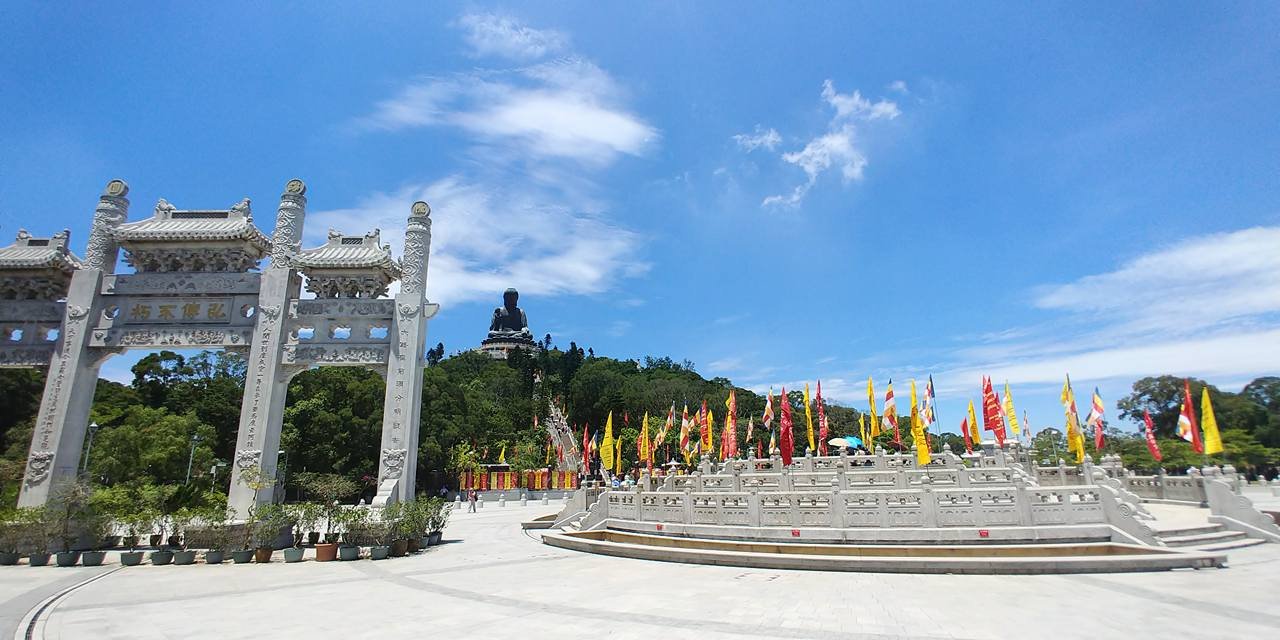In the busy city of Hong Kong, where tall buildings touch the sky, Kai Tak Airport once connected the city to the world. For many years, this famous airport was Hong Kong's main gateway, playing a big part in the city's history and memories. Despite its importance, Kai Tak was replaced by the new Hong Kong International Airport at Chek Lap Kok. Here’s why Kai Tak was so important and why the city moved to a new airport.
Kai Tak Airport was in Kowloon City, a crowded part of Hong Kong. It was more than just an airport; it showed Hong Kong's strength and creativity. Starting in the 1920s as a simple runway, Kai Tak grew into a busy international airport known for its difficult landing approach over Victoria Harbour. Planes flying low between buildings and over the city became a well-known sight, exciting both travelers and locals.
Kai Tak also brought people together. It was a place where dreams took off and families reunited. The busy terminal was filled with different languages, showing Hong Kong's role as a global meeting point.
Despite its historical significance and pivotal role in Hong Kong's aviation history, Kai Tak Airport faced several challenges that made it unsustainable for modern air travel. The small runway and crowded airspace posed significant safety concerns. Additionally, the airport couldn't expand due to the surrounding dense urban area, noise restrictions, and limited space. To address these issues and accommodate the growing demands of air travel, the Hong Kong government decided to construct a new airport on the reclaimed island of Chek Lap Kok.
In 1998, the new Hong Kong International Airport at Chek Lap Kok opened, ending the era of Kai Tak and starting a new chapter in Hong Kong's aviation history. The new airport's modern facilities and larger runways made Hong Kong a key aviation hub in the Asia-Pacific region. The move from Kai Tak to Chek Lap Kok was more than just practical; it was a cultural moment that brought mixed feelings among Hong Kong residents.
Today, Kai Tak lives on in the memories of Hong Kongers, remembered through photos, films, and stories. Its legacy remains in Kowloon City and in the hearts of those who passed through its gates. As Hong Kong grows and faces new challenges, Kai Tak stands as a reminder of the city's rich history and cultural heritage—a symbol of human connection and the city's unbreakable spirit.














































